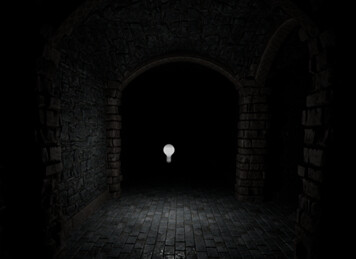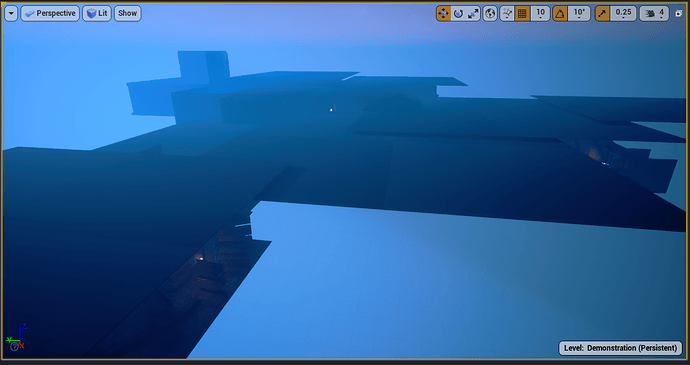I’m not quite understanding the approach to why we need to add so much more geometry just to stop light bleeding through it doesn’t seem very efficient.
Could someone enlighten me to why this method is used.
I did a quick and dirty fix that seems to work which was to add a static mesh actor (white cube) which I stretched over parts of the map
This has far less geometry and was easy to apply, is there a technical reason to why this approach should not be used?

This the view from within the Dungeon. I have flown over all the design and apart from the court yard the inside is completely black as I would expect.


